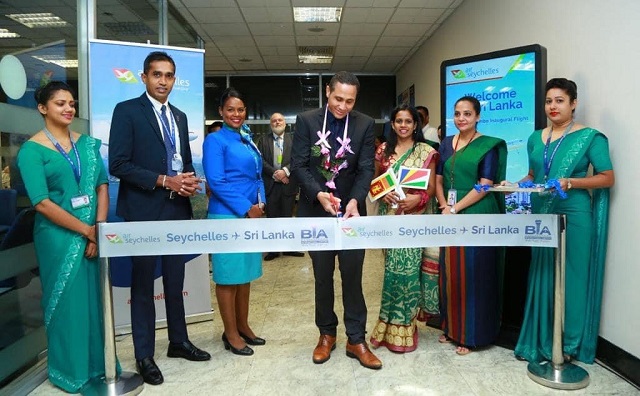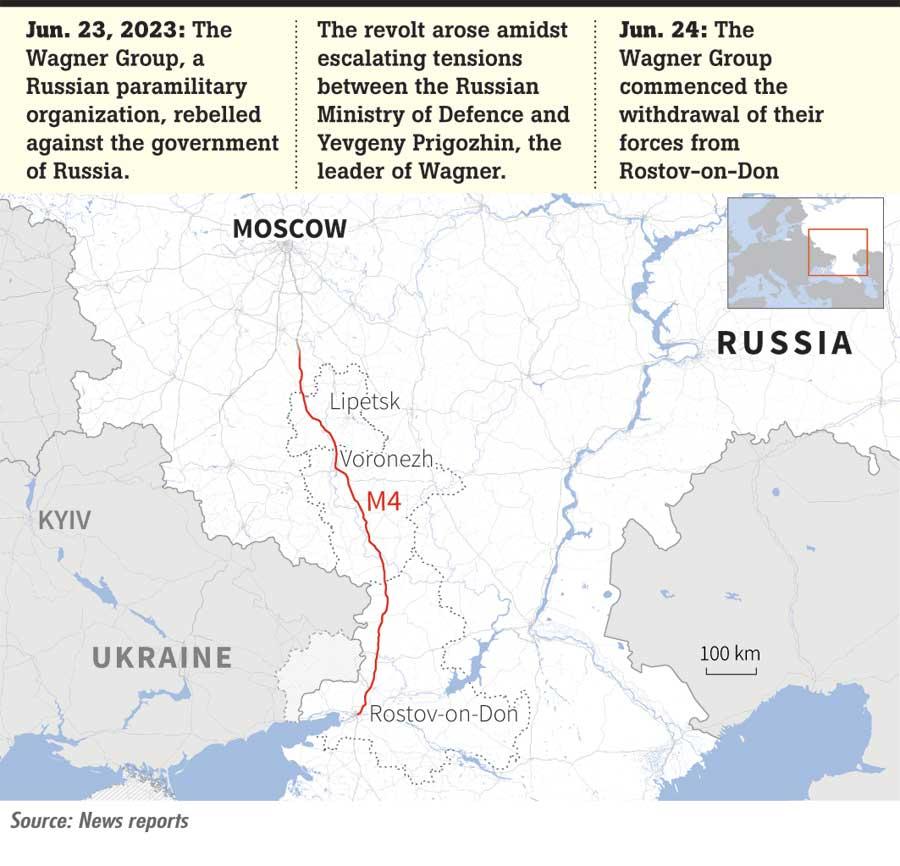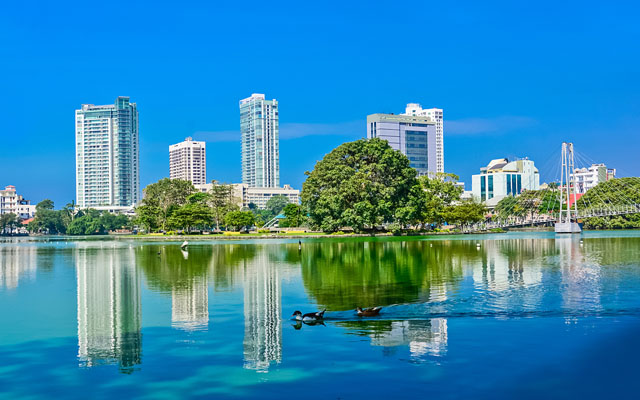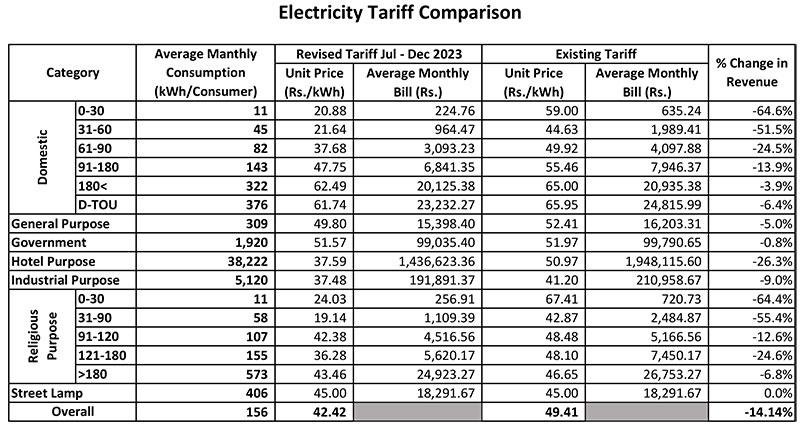Discrimination & Oppression by Tamils – Suffered by an engineer at Kankesan Cement Works (KCW).
July 1st, 2023By Engr. Kanthar Balanathan DipEE (UK), GradCert (RelEng-Monash), DipBus&Adm (Finance-Massey), C.Eng., MIEE, Former Director of Power Engineering Solutions Pty Ltd, Consulting Electrical Engineers Leading Engineer of the World 2006, UK Authority Award
The author had the ambition to write about history during his working career as an Electrical Engineer/Works Engineer (Elect) from 1969 to Feb 1977 at Kankesan Cement Works (KCW). It is the right time now that come forward to present them in a concise article format. The reason is that by hiding activities the world will not change and in particular the North is like a jungle dominated by a certain group of people only and others are treated quite indifferently & indecently. Discrimination & Oppression prevails in the North only. It is good to unravel certain hidden dirty qualities among our Tamils in the North. That’s the nature of the Tamils in the North. In India workers and officers are treated indifferently, with no courteousness, gallantry & or regard for the working class. Those Tamils who read this article shall understand their quality and correct themselves to have a positive progressive Tamil race or else the Tamil race will dissolve into any other race(s). No wonder why some Sinhalese do not like Tamils.
I commenced my working career on the 5th of December 1965 with the Department of Govt. Govt. Electrical Undertakings (DGEU). My career ended with the DGEU in September 1967 while working as a shift Officer at the Inginiyagala Power Station. During the period 5-12-1965 to 09/1967, I enjoyed my work as the environment was friendly and the Sinhala people were quite helpful and friendly. It was a totally friendly technical environment.
However, my professional life was shifted to be a detrimental oppressive and discriminatory life while at KCW. Although I asked for Puttalam, CCC Posted me to KCW.
In my working career at KCW, the Works Manager (WM) position was held by Tamils up to 1974. The organisation was in shambles. One WM arrives direct from Udupiddy at 8 am and then leaves sharp on the dot at 4 pm. He never stepped foot inside the factory at any instant. He was a Civil Engineer who was seconded for service by the Department of Highways or so. The only WM we had who was quite competent was A. Francis, who was a Mechanical Engineer, however, he left the organisation in 1971. Francis was a very capable engineer.
Late in 1974, a dynamic and energetic leader (Pat Vithanage) came as the Works Manager, appointed by Mr A. Elkaduwa, who was the Chairman of Ceylon Cement Corporation. After Pat Vithanage (WM) came to the works people behaved differently and were near decent, however, behind the back not at all courteous and honest. The staff had quite ethnic hatred towards Pat. Pat was decent and professional and had top managerial capability and people acted with courtesy towards him and the engineers.
This article will unstitch & loosen the dirty politics of the workers and engineers at KCW, although KCW does not exist now, the people in the North shall learn from this as to how they shall treat others and work.
On the day I started work, I was walking to the electrical workshop and a man was urinating on the road (inside works). This road has been used by women and men to access their workplace and canteen. I observed that there were dozens of toiles built which were only about 20 feet away from the man who was urinating. I advised the man to urinate in the toilet and not on the road. He quietly went off and complained to his union President and the WM. Mr Francis knows the character of the workshop people. He called me and said not to talk with any of the clowns in the mechanical workshop. I realised that the caste system came into the flow. I also comprehended that there was this caste system practised by even the COOLIES. Maybe the man (COOLIE) was related to (Filipino) SJV Chelvanayagam?
This article limits only to certain key incidents which distressed my anxiety and health. One of the WM (late Shunmuganathan) says always that he is thinking. He was sent to Germany for three-year training and came back just a few months before me. I comprehended that he did not do any modifications or solve any technical issues. He was my boss, and I was certain that he was not a fit and proper person to be my boss. That’s nature and the Jaffna man’s influence based on caste and culture. He looked like a Chinese guy in appearance.
Right from 1969, the precipitator does not work effectively and efficiently. My so-called boss always slides any outside complaints to me, and I had to face the public. With too much work I started to investigate the precipitator function. There were two issues faced by the Precipitator. (i) Voltage dips (VD) which were the CEB problem. Virtually I send 10-15 telegrams to the GM of the CEB about the VD. The CEB engineers had little clue about the issue. The issue here is that Chief Burner is a sixth or eighth-standard qualified person, however, his brothers were in the Police as DIG ad SPs. So, he was influential, and people do not bother him. Water must be sprayed in the fourth cyclone, however, because of the Voltage dips Burners do not spray water. The water spray equipment bends and had to cut it off to pull it out. (ii) The EHV electrode was made of barbed wires and suspended with guided weight. The dust accumulation bends the barbed wire and flashes to the cathode plate. The particular chamber has to be isolated immediately for the other chambers to function. So, the second issue here is that the electrode was not fit for the particular duty. (iii) The particles were of smaller size because of the type of grinding and sieve used. Very small particles can be carried away because the Precipitator design is not fit for its purpose. Shift Chemist does not understand high-tech explanations. Wondered whether they do a sample analysis to know the Standard Deviation at various levels in the silos. Quite doubtful cos they get annoyed when asked. No one in the Kiln or Chemist section understood ionisation and effective ionisation at low temperatures. The Chemist’s workplace is like a secular lab. Most of the staff have low education. A guy who was cleaning beakers, became a lab chemist because his brother was a Pathologist. He had only low education to 8th standard.
None of the WM did anything on my advice. After Pat Vithanage assumed office, he discussed with me and asked me to prepare a comprehensive report on the issues and solutions and send it to the Chairman through him, of course. I had two solutions. (i) Procure stainless steel discharge tips for at least one precipitator and install, (ii) Install Saturated Limiting Coupling on the 33kV live running from Chunnakam to Kaithady at Chunnakam. This equipment will limit the fault current. The 33kV line was running through saline areas and salt dust when deposited flashed to earth. The discharge tips for the Precipitator were ordered, and I left the organisation to assume duties in Feb 1977 in Nigeria. Pat and I attended a meeting with the engineers at CEB and explained the function of the SLC. The other alternative is to reroute the Chavakacheri line which is up to the CEB. None of the engineers or the Burners gave me support except Pat Vithanage and AB Elkaduwa.
The 3.3kV ID Fan motor failed once and, the culture at KCW is that any failure is shifted to the Works Engineer (WE-El). I saw one Tamil electrician throwing raw meal dust into the fan motor out of hatred against myself and Pat. The issue here was that the banding wire used was high-tensile stainless steel and it can give way at high temperatures. It was recommended to use high-tensile epoxy tape for the banding. I saw this guy was throwing raw meal dust onto the HV motor.
Most of the staff in the Kiln section were unqualified. A few with an A” level were okay, however, the other Burners including Chief Burner (late G. Joseph & Thuraisingham) were unqualified with 6th & 8th standards only. The problem here is that they cannot understand Parallax” issues. Always complain that the motor current and voltage are over the limit. The meters were installed about 6.5 feet above the floor. Quite often have to explain the parallax problem.
The gantry crane had a span of more than 60 feet, maybe. The drive shaft had several segments, and they were connected by bolting the flanges. The shaft is supported by a couple of bearings which had white metal bearings. The white metal, when worn off, introduce misalignment and heavy torque friction and a heavy torque is required to turn the shaft. What is required is to machine the bearing after filling it with white metal. However, the mechanical engineers who were incompetent did not want to do the job, however, blame the electrical section that the fuse blowing, and the overload relay tripping. The mechanical engineers or what I call them Sledgehammers wanted a higher setting of the O/L and a higher fuse rating. So, we did it knowing what will happen. The main drive shaft breaks. It was agony to explain the half qualified and the sledgehammers. Some Sledgehammers claim that they are from Peradeniya University and that they are superstars and know everything not knowing that they lack experience.
Similar things happen with the cement transport system. The FK Pumps. The FK pump is a screw conveyor which has a few segments coupled with flanges and is supported by bearings. The Workshop guys do not do good welding to standard, and the flanges fail and the motor trips. Immediately the complaint comes to the WM that there is an electrical fault. Okay, as donkeys we check the motor and the circuits and come up with a clean system. We direct the plant maintenance & Workshop and advice that the welding is not up to standard, for the reason for the failure. The Superstar Peradeniya engineers argue with me. I am an electrical and mechanical engineer, which is not known to the people at KKS leading them to override and bully the electrical section.
The irregularities in the supplies and Stores section: Most of the time, the welding rods are recycled through the shops to the stores again with a cut going into a team pocket. Items are bearings, domestic fuses, some cables, and consumables. Staff steel items from the stores to which some storekeepers help them. The Asst Accountant who was in charge of the stores was an incompetent person who always attacked people. He resembles a Japanese or a Korean.
A couple of engineers like three were quite honest but we were afraid to talk as the Union and the staff rise against us. Some so many irregularities and frauds happening at KCW; however, I cannot bring everything in one publication.
One example: An elec. an engineer from State Fertiliser Manufacturing Corporation (SFMC) was sent to my section for specialised training. What he did was apply for his IEE Charter stating that he is the cement engineer and that he is the boss of the place without my understanding. I also applied and when called upon for an interview by the CTE and Mr John Pillai asked me whether I was the Cement engineer. After discussion for over 2 hours, I advised them to check with the GM of Cement. On the day in Colombo, the GM called me and said that IEE checked with him, and that truth was conveyed to the IEE. GM was a Sinhalese person. I received my Charter in 1975 and believe that the SFMC engineer’s application was deferred by ten years. These are fraudulent activities by Tamils in the North.
The Head Office chairman and GMs in Colombo shall note this and be cautious as still, the North has CEB Offices and maybe branches of other Departments in the North.
My judgement and comprehension are that Pat Vithanage was the best WM in the North.
Tamils wanted a Tamil as the Governor of the NPC. GOSL should now understand why the people in the North need a Tamil. I comprehend that a Sinhalese Sri Lankan shall be appointed as the head of any Department in the North. I can bring out a significant volume of irregular and fraudulent practices in the North, which I cannot do at this instant.
Hope the Tamils will correct themselves rather than criticize others. A typical example is Arjuna Mahendran and his Son-in-Law for plundering Rs 20 billion.
Tamils are rude, greedy for money, hatred against the Sinhalese and low and medium cast Tamils, they have no traits, and have a low foolish culture which is worse than the worst humans in the world. Africans are better than Tamils.
No wonder why they want Tamil Eelam so that they can rule and oppress the low and medium-caste Tamils. Power sharing is a worthless statement in democracy. People decide who should govern a country. Sinhalese people are great and have a worthy character. Hats off to the Sinhala people of Sri Lanka.
Tamils will never change in their rude and rowdy attitude.

 stress the importance of civilian control over the military and the war. If this is so with the generals, then where do mercenaries stand when it comes to decisions on war?
stress the importance of civilian control over the military and the war. If this is so with the generals, then where do mercenaries stand when it comes to decisions on war?

